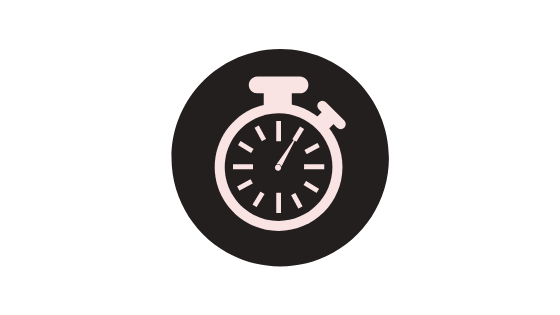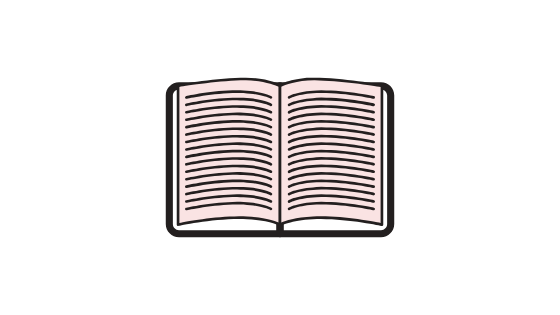Why do we always find ourselves battling the same foe, over and over again? Procrastination seems to lurk in every corner, and though it feels great at the time, we are left with familiar feelings of guilt and shame.
Why do we always find ourselves battling the same foe, over and over again? Procrastination seems to lurk in every corner, and though it feels great at the time, we are left with familiar feelings of guilt and shame.
As it turns out, procrastination is natural — it’s a response from our brain to protect us from mental burnout. Social psychologists have conducted numerous tests that show that humans are cognitive misers — meaning that; when it comes to thinking about or doing something complex, most of us will opt for the path of least resistance. This makes sense, because the pre-frontal cortex region of our brain, responsible for critical thinking and rational thought, only has a limited amount of decision making ability per day, so our brain protects us from becoming ‘cognitively overdrawn’ by encouraging us to put off the task, seek distractions and to procrastinate.
Business and success coach, Mel Robbins says that:
“Procrastination has nothing to do with work…the people who struggle most with procrastination are engineers, PhDs and entrepreneurs. These people have a lot on their plate, and procrastination is a form of stress relief.”
Installing new software on old hardware
Stress is an evolutionary fear-based response that triggers our brain into fight or flight. It happens subconsciously in a region called the amygdala (which is the same brain region we share with mammals) — this means we don’t have control over what stresses us, but we do have the ability to choose our response to it.
Changing our response to stress
Stress tells our brain to avoid the hard and complicated tasks in front of us. But, that’s not where procrastination takes over — we procrastinate when we respond to the situation by not taking action.
Trigger: stress
Response: avoidance and procrastination
Aftermath: more stress, anxiety, shame, guilt and low self-esteem because we now have more work and less time to complete it.
The thing is, when we keep responding to hard tasks by procrastinating, it becomes a habit. And, habits are hard to break.
So, how do we combat this foe? Mel Robbins has 3 essential steps to breaking the habit of procrastination in any area of your life:
-
Forgive yourself
We all fall prey to procrastination and some time. When you feel the sting of shame and guilt after you’ve procrastinated, it’s time to get over it. And, the best way to do this is to forgive yourself and realise that ‘hey, I screwed up, but I know what I need to do to get back on track’. -
Have a heart to heart with your self
Be honest with yourself about your feelings around the task. Think about your mid to long-term goals and be clear about what you need to do in order to achieve them. Journaling is a great tool that can help you get your internal dialogue on paper and refer back to it later to cross-examine and update. -
Break the habit of procrastination by creating a ‘starting ritual’
Tell yourself that you’re stressed and drained and need a break from the task — then set a timer for 10 minutes and say, “ok, I’m just going to work on this specific task for 10 minutes, then I’m going to take a break. But, here’s what happens, 80% of people keep going way past the 10-minute goal. The trick is starting.
Tools and techniques to combat procrastination
Here are some great tools and techniques to combat procrastination throughout the day. Great managers, entrepreneurs, writers and artists use these techniques to set up their day for success.
The Pomodoro technique

Pomodoro literally means tomato in Italian. It’s a tomato-shaped timer that people used when cooking.
This traditional tool was developed into a time management strategy that helped people break up work and allocate time for rest – all within structured intervals.
So, you turn the timer on when you start your task, it ticks away for 25 minutes and then lets you take a 5-minute break to do whatever you want. This constitutes 1 Pomodoro interval. A full session with the Pomodoro technique requires 4 intervals before you can have a well deserved long break.
This is a really effective technique that lets you aim your attention at something specific whilst keeping you motivated and inspired to make it through till you break and rest period. It dangles the proverbial carrot in front of you while you push through all the important but uncomfortable tasks on your plate.
Download the free Google Chrome extension now and start focusing on those important tasks.
Pain journaling
 When you find yourself avoiding a task, grab out your journal and start writing down all your feelings about that task. You’ll realise very quickly that your brain is trying to “keep you safe” by using procrastination as a way out of all the uncomfortable (but important) things you need to get done.
When you find yourself avoiding a task, grab out your journal and start writing down all your feelings about that task. You’ll realise very quickly that your brain is trying to “keep you safe” by using procrastination as a way out of all the uncomfortable (but important) things you need to get done.
When you journal these feelings, you can objectively look at how you are actually feeling instead of just accepting these emotions. This helps you to shelve those negative emotions and spend less time and energy having to manage them, and more time on the important tasks in front of you.
The countdown to launch

Mel Robins credits this one simple trick as the basis for her massive success. It took her out of her drunken depression and started a snowball effect that has lead to a number 1 selling book and becoming a leading business and productivity coach.
Here’s the rule: before you do anything that requires action, countdown: 5, 4, 3, 2, 1 — LAUNCH!
This rule does 2 things:
-
It makes you comfortable with the fact that doing important tasks will make you feel stressed — and that’s normal, so don’t beat yourself up about it.
-
It initiates a starting ritual that helps you take the first step out of your emotional dialogue and into action.
“Nothing is so fatiguing as the eternal hanging on of an uncompleted task" — William James
Start with the hard stuff
 Starting your day with the hardest task is a strategy that gives you huge momentum in get your tasks done.
Starting your day with the hardest task is a strategy that gives you huge momentum in get your tasks done.
This is due to something that social psychologists call the priming effect. When you start with the hardest task first, we prime our brain to expect more of the same throughout the day, we are ready and focused on tackling more ‘hard tasks’. However, we then blitz through our second task, the third task is a pushover and by the fourth task, we're actually starting to have fun.
We are also way more relaxed and much more productive because completing the hard task first in the day takes the pressure off. We can relax and take a breath, focus better and bring out your best work by being more immersed and less stressed.
This does another important thing: It creates a cycle of successes and wins. Once you get that hit of dopamine, you start to get addicted to it. And, the next thing you know, you’re really motivated and not even thinking about procrastination anymore — you’ve turned yourself into a productivity junkie!
Brian Tracey coined a term for completing the hard stuff first, called “eat that frog.”
“Your frog is your biggest, most important task, the one you are most likely to procrastinate on if you don’t do something about it. It is also the one task that can have the greatest positive impact on your life and results at the moment.”
Here’s to your future productivity
All these tools and strategies help us to realise that time is going to pass whether we like it or not, and the most important thing we can do is to decide how we want to use it. We have to remember that procrastination is a normal and common response from our emotional (mammalian) brain to keeps us away from discomfort and pain. Once we realise this, we can say thank you to our brain for looking out for us, and then get on with all the important work that’s in front of us.


